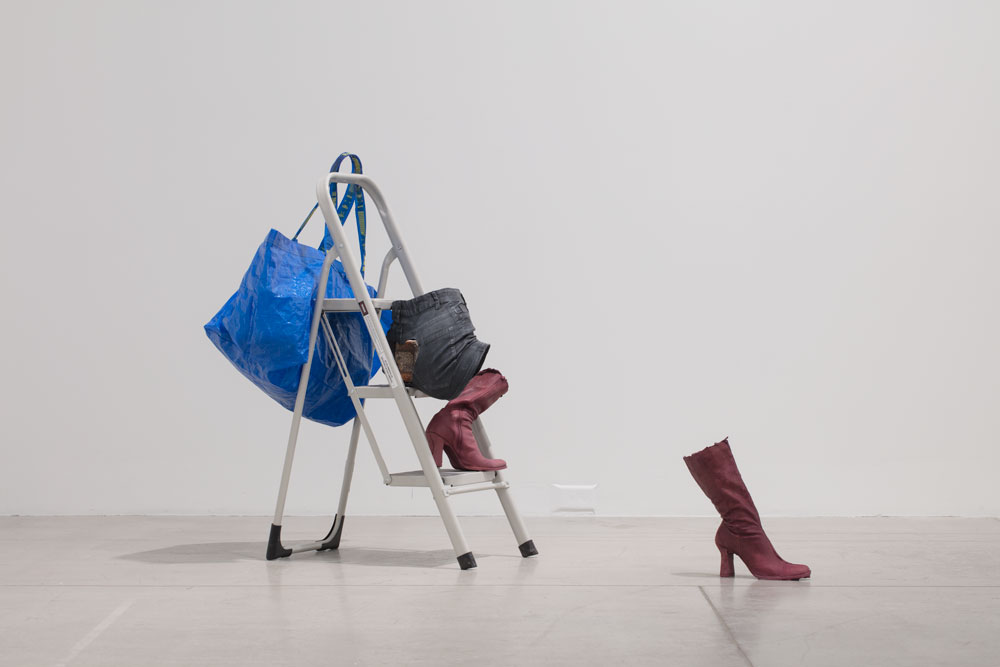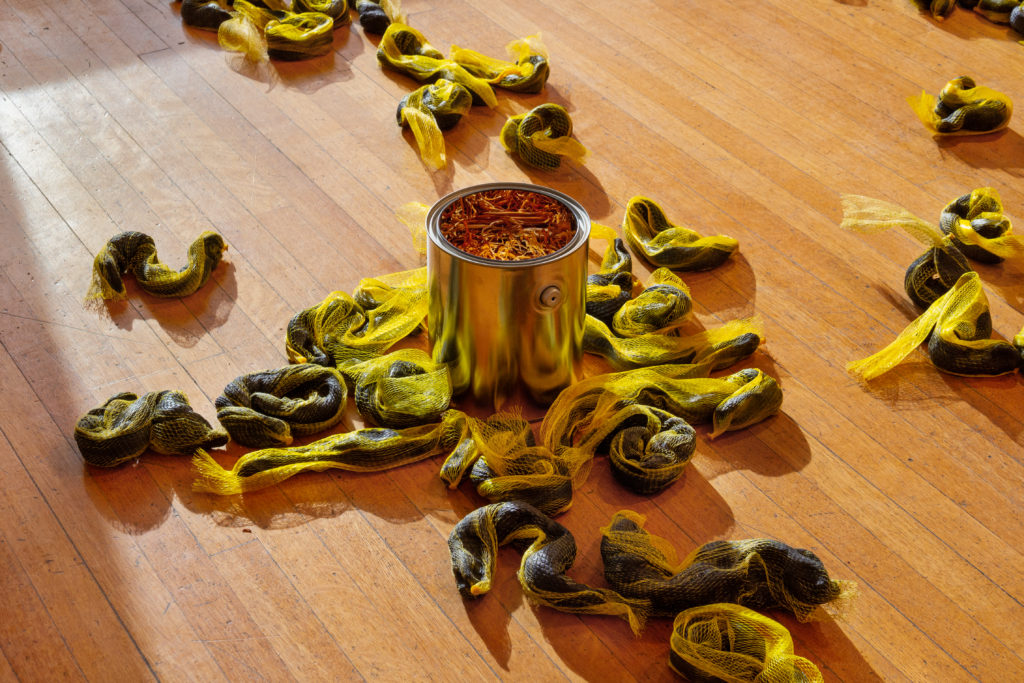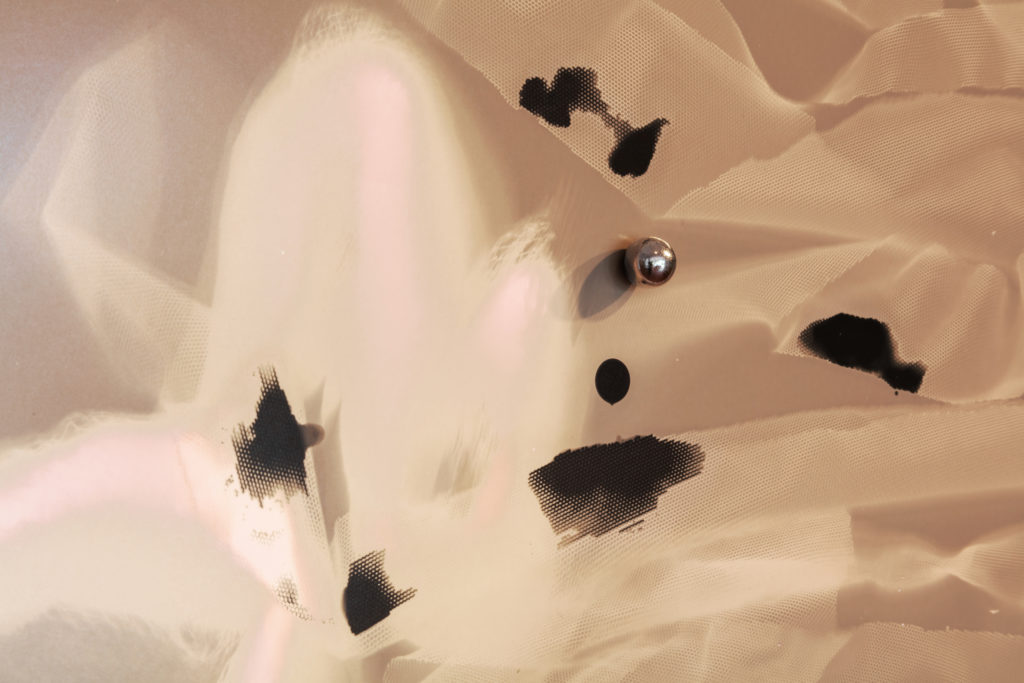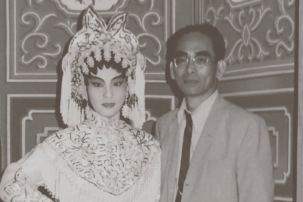Lately I’ve been attempting to come to terms with a particular swerve in my trajectory as a writer, one that I’ve long known to be true: I write about art today because I used to write fanfiction on the internet as a teenager. If you’ve ever talked to me about this, I’ve likely joked in an evasive manner about a Harry Potter fanfic I wrote at 16: a rom-com-style narrative (bland and heteronormative, in retrospect) that remains longer in page count than my subsequent MA thesis in art history, and the only piece of writing for which I’ve ever won an award. Now, on days when my writer’s block and impostor syndrome form a cocktail so potent that I struggle to get down a sentence per hour, it feels dissonant to recall my teenage self, gleefully churning out 2000 words per night after school on a clunky, sticker-laden desktop computer in my bedroom, hitting “Publish” without a second thought.
Fanfiction writing was a pursuit I sustained throughout most of my high-school years, one I quickly and decisively shed when I entered university and became, in my mind, an adult, writing about so-called worthier, more serious subjects like contemporary art, apparently. If I’m honest, something akin to embarrassment has lingered in me: only in the last two or three years have I been able to own up to friends and peers about this previous life. Looking back, it’s not as if I experienced some grand transformation between these two ways of working. I’m starting to understand it more as a slight pivot of attention. Fanfiction, art writing—perhaps they share the same devotion to looking closely, the same intimacy and rigour. Perhaps they exist on the same spectrum of work, just focused in a different direction.
Fanfiction, of course, is an ever-expanding corner of the internet, where lovers of various pop-cultural outputs write and distribute their own alternative narratives about the lives of their favourite characters. Fanfiction tends to revel, though not exclusively, in the mainstream, as fandoms with large communities unfurl with countless alternative universes, romantic (and sexual) subplots, new characters and tropes. To ungenerous eyes, fanfiction is all kinds of things that “serious” art scholarship should avoid: too enthusiastic, too maudlin, too desiring, too achingly sincere. It doesn’t take long to draw a connection between such negative associations and the discipline’s overwhelmingly female-identifying majority, including the immense popularity of female-authored slash: erotic narratives (desire, sex, love, sometimes pregnancy), typically between male characters. To those same ungenerous eyes, fanfiction is the realm of weirdos and amateurs, of lonely women (or worse, teenage girls), of those not creative enough to invent their own stories.
 Jade Yumang, He Throws Shade, 2016. Venetian blinds, acrylic and pine. 24" x 19.25" x 36". Courtesy the artist.
Jade Yumang, He Throws Shade, 2016. Venetian blinds, acrylic and pine. 24" x 19.25" x 36". Courtesy the artist.
But where do art writing and fanfiction overlap? I start to brush up against a possible answer reading Helen Reed’s edited anthology Art Criticism & Other Short Stories, released late last year. The anthology collects the output of a multi-year zine project initiated by Reed, collecting forms of “artist fanfiction” produced by a variety of artists, curators and writers. In Maya Suess’s contribution, “Soft and Stiff, A Hanging Tassel,” bored art critic Æ follows through on a review pitch to a magazine and visits an exhibition by Jade Yumang. As they encounter Yumang’s work, Æ’s distanced, critical affect begins to simmer, eventually boiling over into something wholly erotic as they lean in and let a sculpture graze their arm. Suess interweaves Æ’s account of their desire with excerpts of a formal review of Yumang’s work—presumably authored by Æ after they had a chance to cool down. Oscillating in cadence, the two modes of writing are strikingly different. My eyes slow to that familiar, measured pace reading the jargon of art criticism, and then stumble to rush forward again as Æ feels their body start to throb. This is not to say that Suess’s fictional prose presents a more accurate understanding of the work in question. Instead the two forms of writing bolster each other, each articulating what the other cannot. Together, they produce a complex reading of the sensation itself: how desire can function in relation to artwork, and how it can feel.
Much can be said about how fanfiction enacts the desires of its authors, how it offers wish fulfillment in a direct (and often clumsy) manner. In the anthology’s introduction, Reed references the “Mary Sue,” a much-derided fanfiction trope of an author inserting a highly idealized version of herself into the narrative—one who saves the day and wins the hearts of all with impossible, irritating ease. But Reed reminds us that self-insertion isn’t a practice exclusive to fanfiction: “To what extent are we all writing ourselves into the story, and to what effect?” To this, I might add: Is it such a bad thing to love something so deeply that you want to be absorbed by it, to let yourself be changed through its influence? At its core, isn’t that what it means to be moved?
If I had to articulate how I find love in the artwork of others—somehow as an art writer, this remains a difficult task—it’s that very process of absorption and influence: when someone’s work opens its arms and invites you to step inwards, one foot at a time, gradually introducing you to its rhythm. It’s certainly not a sensation that’s medium- or content-specific—it’s something I’ve felt standing among the sculptures of Valérie Blass, weaving through Laurie Kang’s installations and perhaps most recently while watching Thirza Cuthand’s Less Lethal Fetishes (2019) during this year’s Images Festival, a work that enacts its own dance between desire and politics—and it’s one that remains difficult to pin down. Writing about art becomes about using language to follow this invitation to see differently, tracking on its conceptual, aesthetic, political implications. And writing fanfiction is what taught me how to slow down and listen for these cues in the work of others, to find pleasure, rigour and creativity (to find an identity, even) in the process of close reading, of intimate spectatorship.
 Valérie Blass, Ceux qui ne demandent rien, 2019. Stool, acrylic gesso, paint, fiberglass and brick.
Valérie Blass, Ceux qui ne demandent rien, 2019. Stool, acrylic gesso, paint, fiberglass and brick.
If you’re worried that writing from a place of love might imply the abdication of a critical lens, rest assured that the love of a fanfiction writer is anything but passive. By enacting intensive close readings of their chosen fandoms—line by line, minute by minute—fic writers make room for implicit narratives to blossom into fully fledged sagas. For instance, countless story arcs have been born of a handful of lingering glances between Poe Dameron (Oscar Isaac) and Finn (John Boyega) in the latest Star Wars trilogy, inserting queer desire in a franchise that remains canonically, mind-numbingly heterosexual. Sometimes these strategies are employed explicitly to right a representational wrong, but often the reasoning is a bit more complex. For many fic writers, the canon does not necessarily need to change to meet their needs; rather, fic writers recognize that a work’s field of reception is not tied to the singular authority of its creator, but rather infinitely expansive, capable of holding multiple universes at once.
On these matters, I turn to curator and writer Rea McNamara, whose ongoing research centres fan culture in a number of ways. (Her fandoms of choice include mega pop bands BTS and One Direction.) Through our conversations, she’s reminded me that fanfiction’s critical potential lies in its capacity to produce countless what-if scenarios. “It’s a form of escapism that’s still grounded, still tethered to multiple realities,” she told me. “From that removed place, you can look at power dynamics differently.” Like its more “legitimate” and more art-world-acceptable older sibling science fiction, fanfiction offers a way to reformulate ingrained narratives of mass culture to ask new questions and imagine other possible worlds.
 Laurie Kang, Bloom (installation detail), 2019. Mesh fruit bags, polymer clay, paint cans, reflective sheeting and cordyceps fungus. Courtesy of Oakville Galleries. Photo: Laura Findlay.
Laurie Kang, Bloom (installation detail), 2019. Mesh fruit bags, polymer clay, paint cans, reflective sheeting and cordyceps fungus. Courtesy of Oakville Galleries. Photo: Laura Findlay.
And because fanfiction maintains an uneasy triangulation between author, text and reader—one that refuses to resolve itself—I’ve learned a great deal about where I stand as a person who writes through the creative practices of others. To identify as a fanfiction writer means resting comfortably within a series of contradictions that would wholly destabilize most other forms of written work: amateur and expert, generative and derivative, at a distance yet so very close. It means acting as both a reader and writer at once. Given how art writing is often harangued by its own contradictory associations—journalism or promotion? criticism or poetry? personal or theoretical? both? neither?—perhaps the discipline could benefit from some of this irreverent refusal to delineate oneself and from fanfiction’s recognition that this wobbly, unsanctioned place is one of immense pleasure, community and critical possibility. It’s a space large enough for us all, no matter how desiring, maudlin, sentimental or weird our words may be.
While I’m sure my old stories still exist somewhere on the internet, I have no inclination to dig them up. It’s beyond the point, and, to be honest, it’s an excruciating thought. As a small tradeoff, I’ve instead affixed a sticky note to the wall above my desk, just in view beyond my laptop. I’ve written out the etymology of amateur: from French, aimer/amant, to love/to be a lover of. To be a fan or an amateur, to engage in something despite your inexperience or distance from it—this has always been an act of love, on some level, an act of commitment without the desire for legitimacy. As I finish this writing, I realize I’m increasingly drawn to the noun over the verb—to be a lover of. In fanfiction, love is not simply an action; it’s a subject position, an identity, a stance with responsibility. Ultimately, this is the position that fanfiction gave me as an art writer: to stand alongside someone’s work, to slow down and learn its rhythms and, like the desiring critic in Reed’s anthology, to lean in closer and closer still. To write is to position myself in order to be touched, be moved.

 Laurie Kang, Guts (installation detail), 2019. Photograms and magnets. Courtesy of Oakville Galleries. Photo: Laura Findlay.
Laurie Kang, Guts (installation detail), 2019. Photograms and magnets. Courtesy of Oakville Galleries. Photo: Laura Findlay.







